I really don’t mind being asked probing questions – I just answer them. But, in the back of my tiny, accidental rancher mind, I wonder… what is really going on inside this person’s head?
Bear in mind most of these questions are once in a lifetime, oddball, one-off questions. But of late, I have seen more repetition of these than a random sampling, rendering them not so “one-off, oddball or unusual”.
So, with that in mind, I thought it might be interesting to answer a few of these in a public forum – in the unlikely event that YOU are thinking them too, but may be too embarrassed to ask.
In the past, at Farmers Markets, meetings or public outreach, I always enjoyed a good Q&A – if in fact, that is what the exchange is really intended to be by the inquirer.
To be sure, I can always spot a critical question asked by a mean-spirited person, or someone with an axe to grind. I don’t view this as a super-power, I am sure you can eventually sniff this out too, if not within the first few opening lines.
My policy has always been to give the asker the benefit of the doubt, assuming, right off, they do in fact want an answer and not a just ruckus brawl or social justice points from the peanut gallery. I’ve found this, plus the truth (for example: NO, Cow farts are not causing Global Warming, regardless of what your College Professor has told you) seems to de-fuse the situation. Most folks, even if aggressive, will be softened by a calm and polite answer, even if they are trying to troll you, the current “hot button” political climate notwithstanding.
So, without further delay, here is the first of my most off the wall, and entertaining questions (free Freudian analysis included) …
| Q: Do your freezers have a back-up power system? A: Yes, and No. We have several freezers. Large, walk-in type freezers. Two are located on the Ranches, one is at our warehouse in San Diego. Everything shipped is in a freezer unit to maintain temperature. If you choose to store beef with us, your meat will be kept in our San Diego warehouse freezer. It has a back-up system. The “no” part refers to the Ranch and the mobile delivery (truck) freezers. They do not have back-up systems, per se. We have generators for them should we need them. |
But, on a more entertaining note, what might be another reason to the question? Well, first, we are storing your meat, so, it makes sense that we would be responsible for the care of that product and replacement if it should be spoiled. Given California's propensity to randomly shut off power with little or no warning, I can easily understand the concern. A more appropriate question might be – “If my meat is ruined, will you ensure its replacement?” – Yes, we will.
But more interestingly, current questions of this nature have come from customers who recently viewed A24’s new movie Civil War or watched just about any current episode of the evening news, for that matter. There is a pervading sense of doom or coming troubles and normal folks who never once considered such things have begun to tentatively reach out and dip their big toe into that murky water of preparedness. They ask other leading questions, such as “What happens if we have an infrastructure attack and cannot get our meat?”
My answer is “Geeze, I don’t know, but well figure it out”
What I do know is we own and control all our own production, distribution and customer outreach. Try that, at the local grocery store – go ahead, ask the Von’s meat counter for the phone number of the guy that raised the ground beef and see what that gets you. None of our efforts are outsourced (save the butchering, but that will soon change). And since we are not using a distributor, sales reps and / or other tools that separate us from our customers, we are directly accountable to our customers – that means, when something goes wrong, you don’t stand in line at customer service with a yellow pull-off number in your hand waiting to be called by the next minimum wage employee. No, they call me, or one of the Ranch staff and get a direct answer to their question. We only have seven employees, three of whom are family members.
We will get you your meat. Period.
It’s our job.
Beyond that, the question of durability in a crisis is a pet-project of mine. We have several initiatives on our Ranches for power independence.
For example, on one of our Ranches, we have a running, year-long creek that can supply hydro-electric power. We have a perfect spot, with a 12’ vertical drop in the water flow. Our plan is to install a solid-state turbine (centrifugal-type) with four jets, to power a DC system for transmission to our homesite. This will be combined with solar back-up, then inverted to AC power requirements. The location after transmission and before conversion is at the same spot for our well, that will pump to a tank on a hill. This tank will store enough water for three households, one commercial kitchen, our guest cabins and all the animals at various locations. So, if you’re following all this, combined with a septic system, the hydro-electric installation can power, water and flush the entire ranch. All for just maintenance and parts.
Our goal, in an extremis situation, is to be able to lock the front gate and disconnect from the power grid thus being completely self-sustained. In a pinch, our main Ranch can take about a dozen volunteer workers (plus their children) in from the outside, but each would have to carry their own weight- a real work for food kind of scenario. Not for the faint of heart or weak of back - trust me.
What happens if the world falls apart? Where will you get food? Who is your Rancher / Supplier / safe haven? As a Rancher, where will my loyalties lie? Will it be with folks who always thought supporting “local, sustainable stuff was a great idea” or those who actually did it? If you didn’t do it when times were easy, can you be counted on when times are tough?
Again, this is only intended to be thought provoking – after all, it’s my blog. I don’t have any political agenda or talking points. Don't like uncomfortable thoughts? Find another blog... and soon. This is simply a thought experiment and maybe I am crazy, but hey... maybe I'm not.
Consider those questions.
Remember that as an agrarian society, these principles would have been ingrained into us at an early age. But what about now, when only ½ of one percent of Americans are Farmers? Most of whom are mono-crop, CAFO, big-Ag operators.
What about diverse, small farms that are self-sustained, non-chemical and regenerative? Who will they think of first, when the “you know what” hits the fan?
Maybe the best insurance is a very close connection with, and loyalty to, your supplier. We think the same in the opposite direction – close, small but loyal customers, that we try very hard to keep happy.
You never know when we might need each other.
So, there you have it. One crazy question. One rambling, outlandish, never-could-happen in real life America answer. If you’re willing to bet on that outcome - then great, if not, you might need to consider how or what your plan is for the future. My experience is that there is a simple 80/20 rule for those who consider contingency plans of this nature – that is, only about 20% will even think about it, of that 20% only another 20% will take any action. That makes for 4 out of 100 who will take this seriously. I stated earlier, we have a dozen spots. Given the size of our customer base, we are just about perfectly suited in size, scope and relationship should disaster strike.
On a recent visit to Europe (my first vacation in 13 years), one of the countries I visited was Poland, specifically, Krakow, Poland. At the insistence of my new Polish friends Derek and Celina, who live outside the town of Krakow, I visited the camps of Auschwitz and Birkenau. This was specifically planned on my last day – I didn’t want this event on my mind for the whole three weeks (which was a suburb visit, overall, by the way). I booked a walking tour, with about a dozen other English-speaking tourists led by an English-speaking guide - who was excellent.
I saw, firsthand what I had learned in the sixth grade with grainy black and white photos taught by Mrs. Smithammer. The audacity and cruelty was unfathomable. I am 50 years old, have seen and participated in real combat and can say I have seen the depravity of what one human can do to the other, but it was almost more than I could handle. For the others in my group – not a dry eye for the whole two hours (two ladies even left early).
I stood there and cried.
It was unimaginable.
It was unforgettable.
Every American should do it.
The one question, that kept ringing in my ear was this… Why didn’t they fight back? Why didn’t they leave? Why did they board the trains in the first place? The answer, as one Jewish historian put it, “the Holocaust, did not fall from the sky in one moment, it happened slowly”
It was the proverbial “frog in boiling water”.
Slow change.
Convenience.
Groupthink.
It happened because the German people let it happen. Let me ask you this final question – what are we allowing, now, right now as Americans, that we shouldn’t be allowing?
Eve and I are members of the Farm-to-consumer legal defense fund. When we joined, they sent us a welcome packet. Inside it had a magnet-sticker for your refrigerator. I’ve included a picture here for reference.
Did we win liberty on foreign shores and far-away lands only to lose the Republic at home?
We need a deep, introspective and contemplative moment of remembrance for our rights and some serious national accountability – before it is too late.
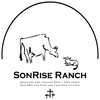





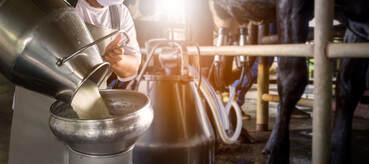
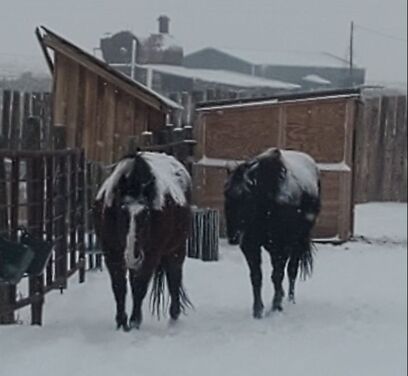
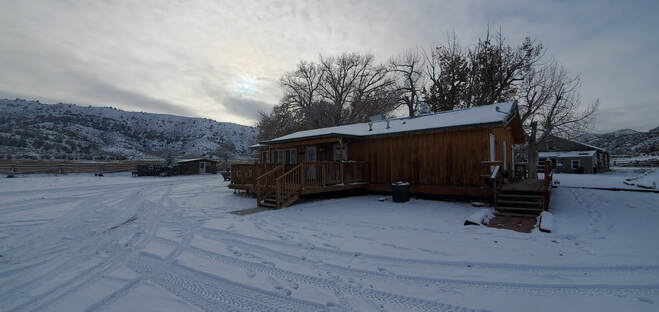
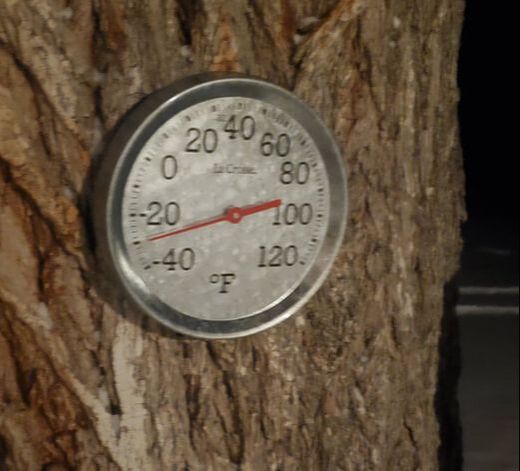
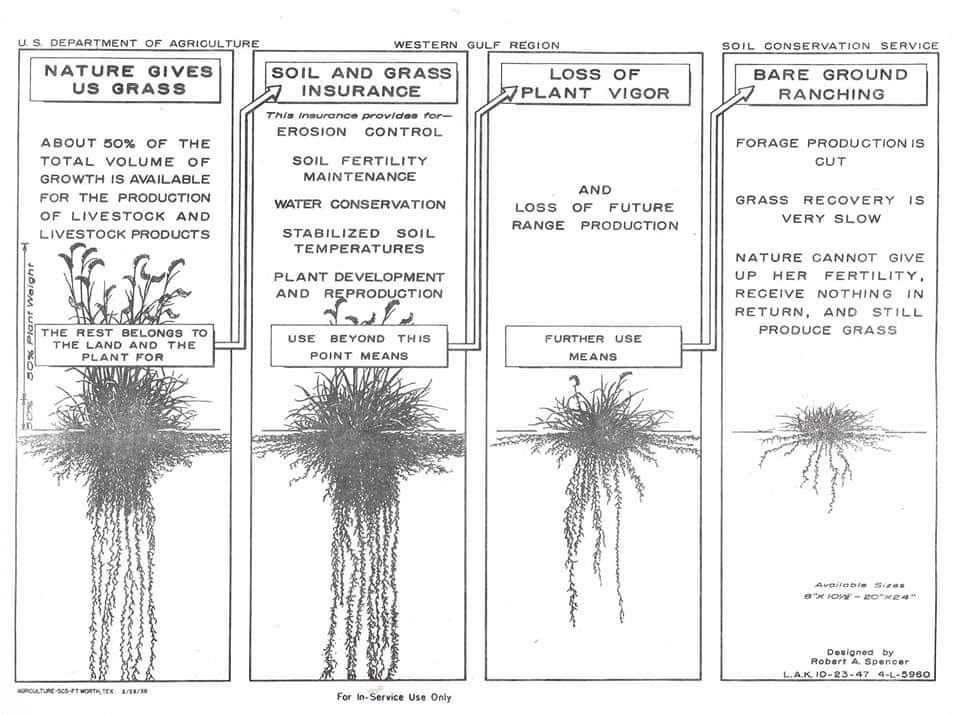
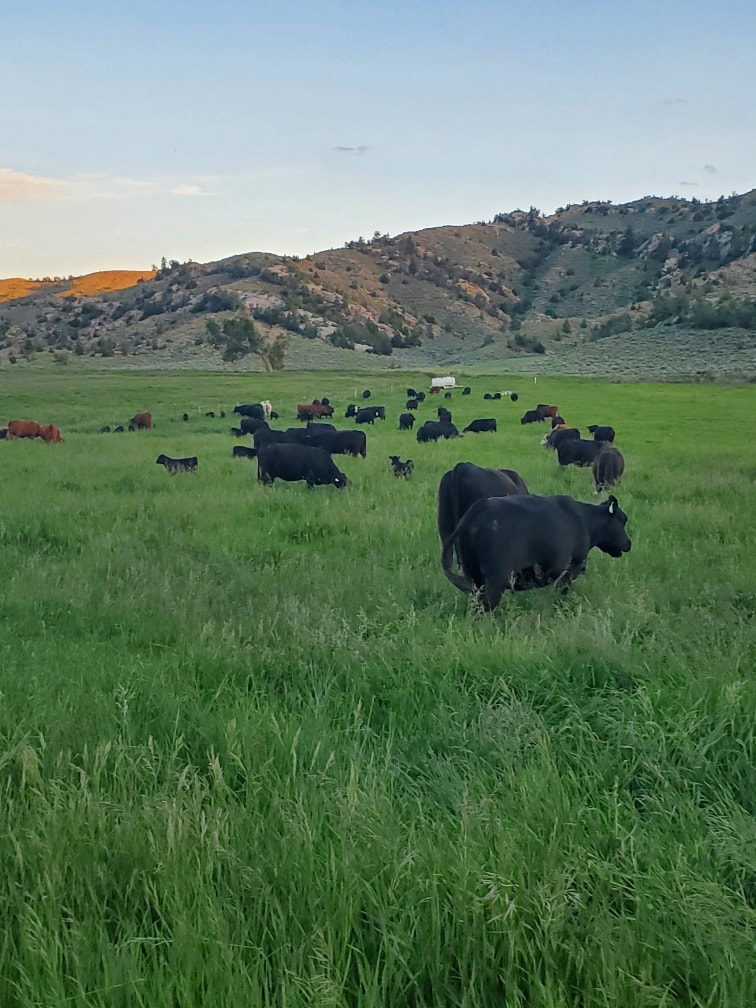
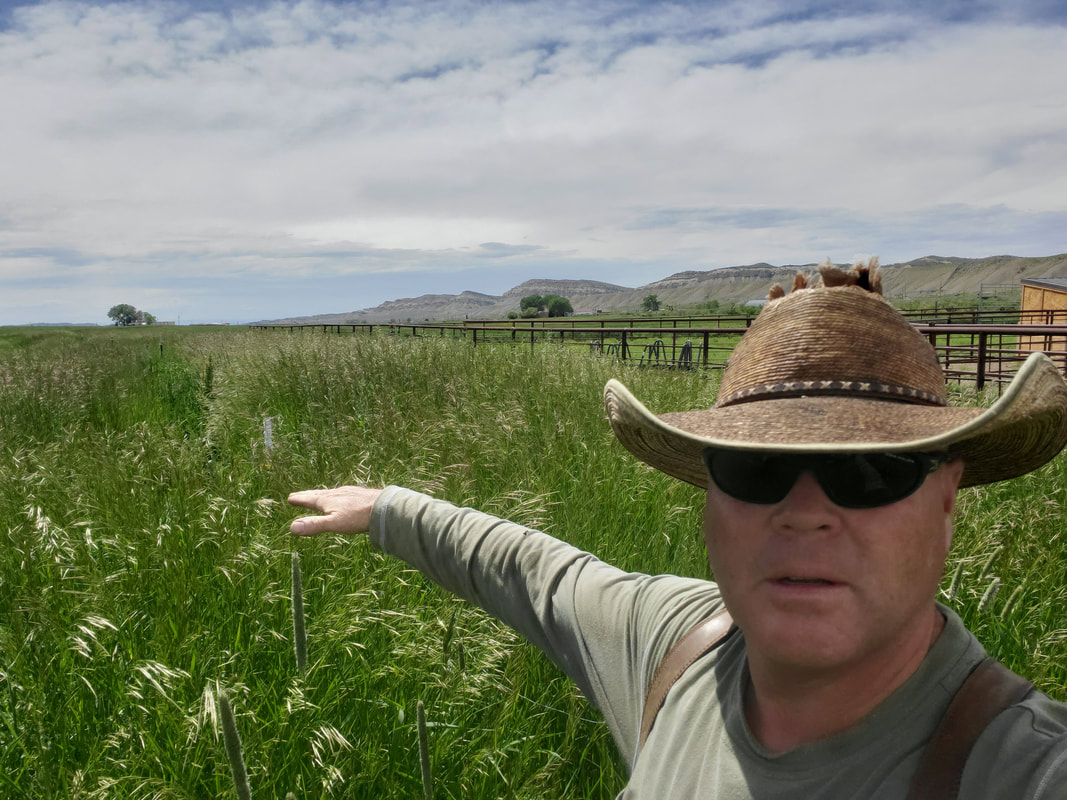
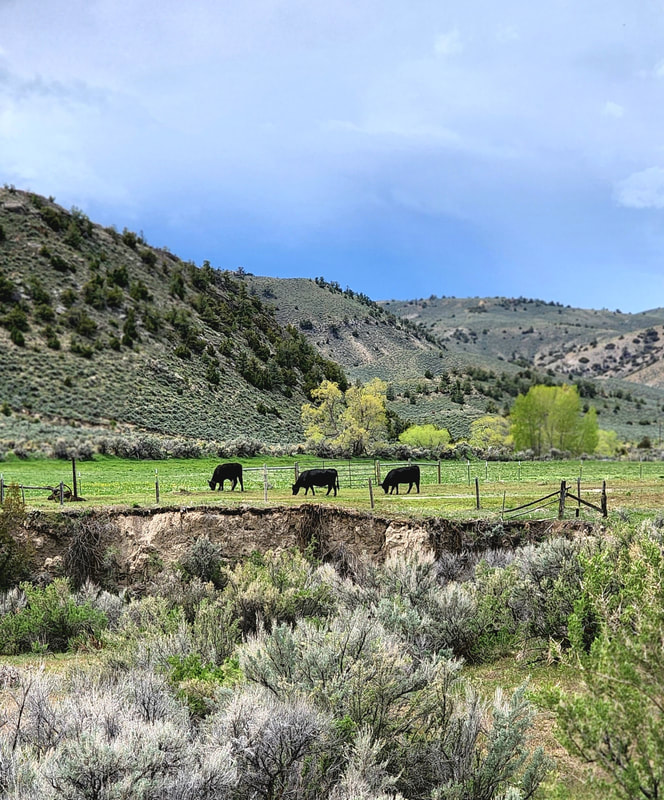
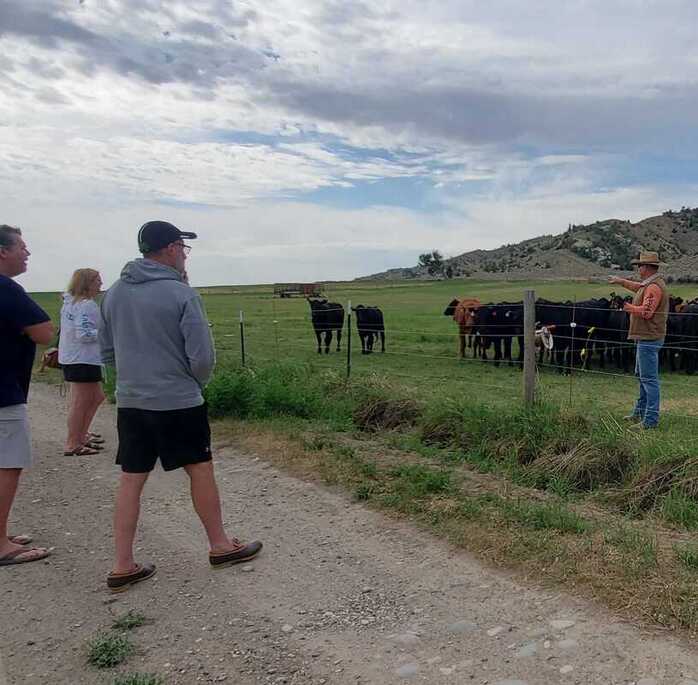

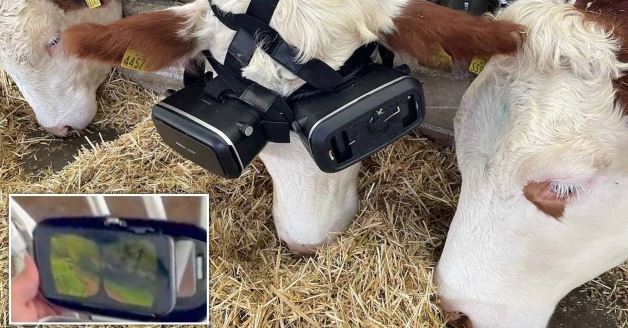
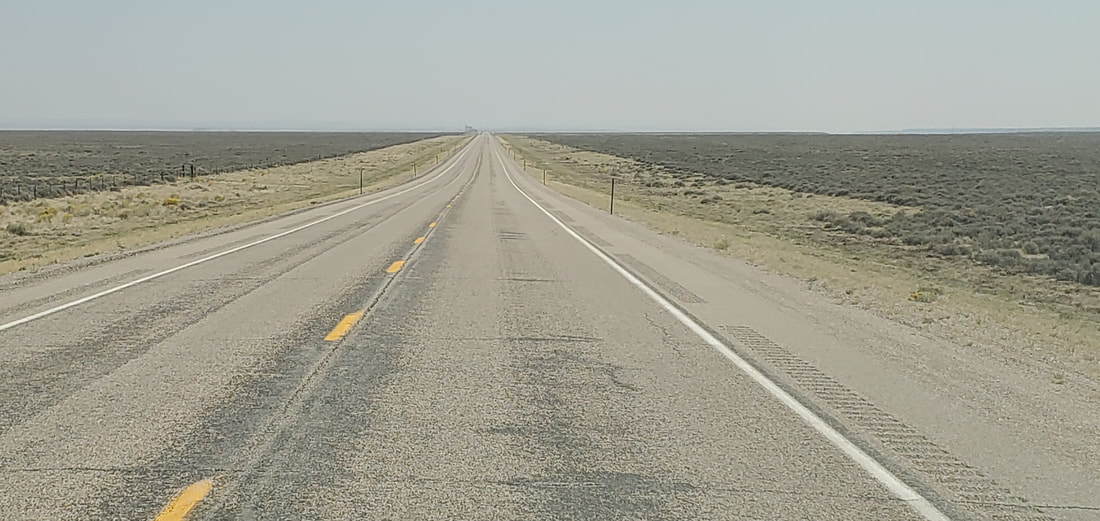
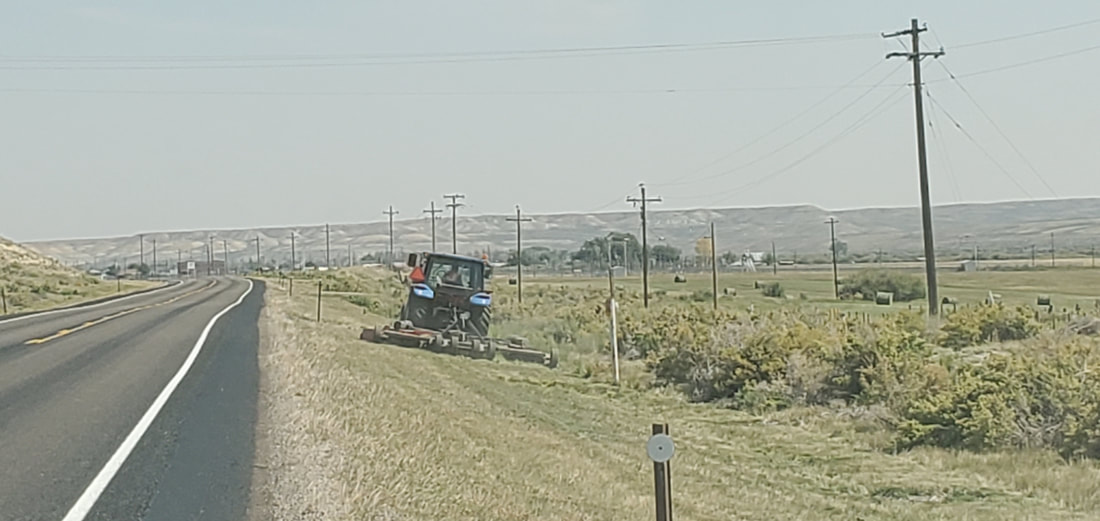
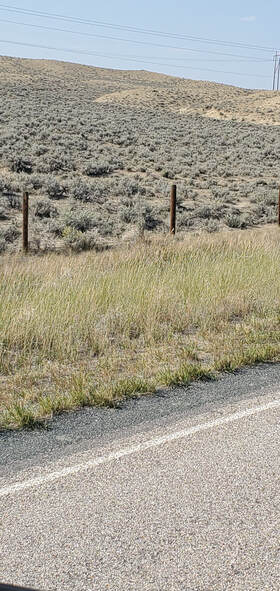
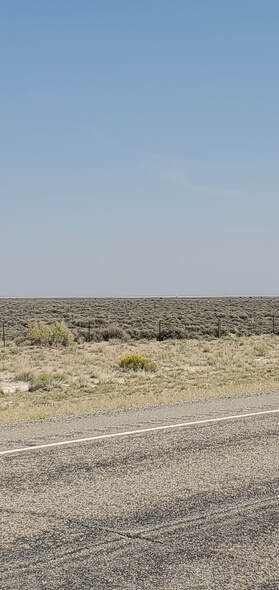

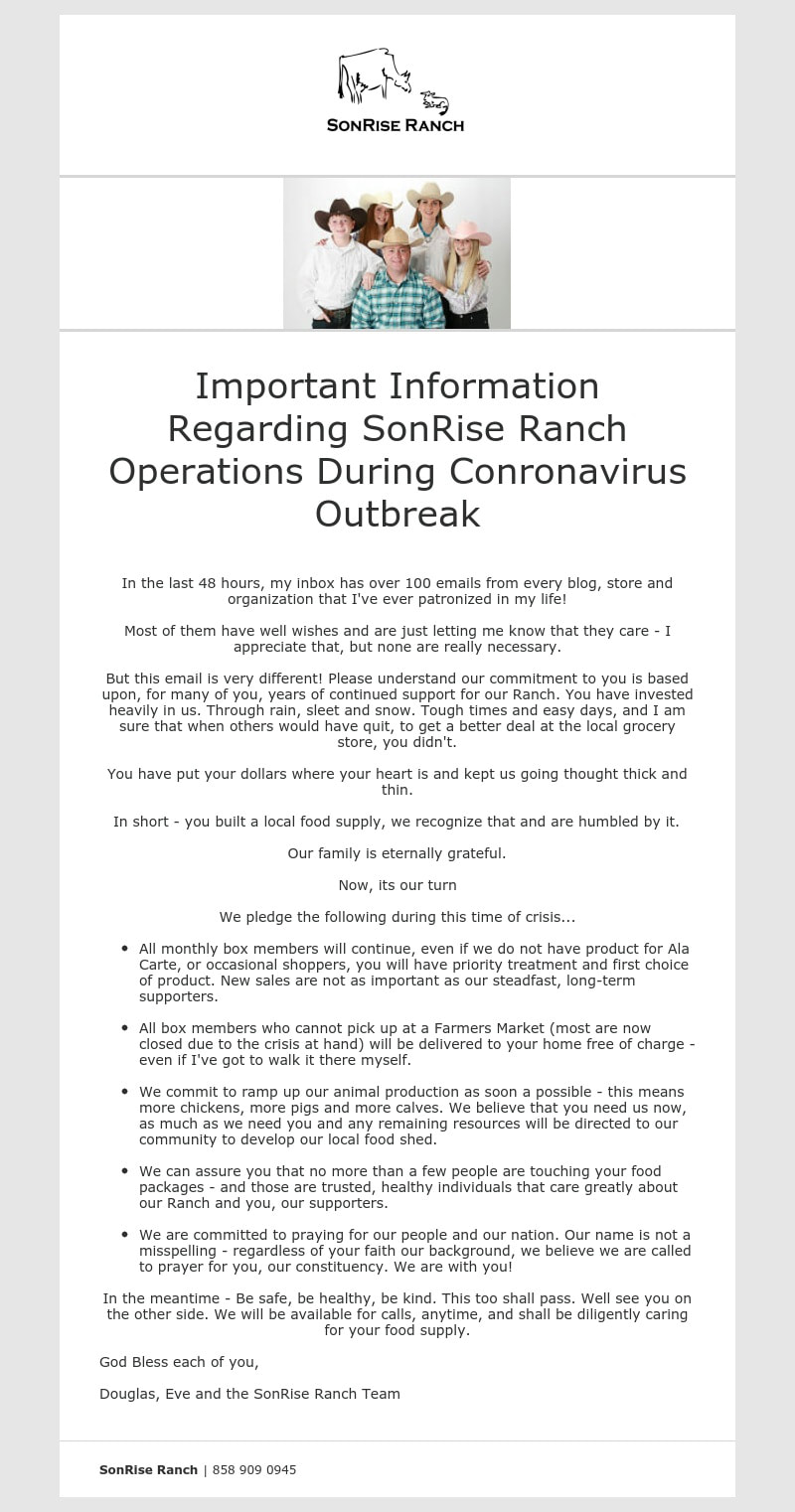
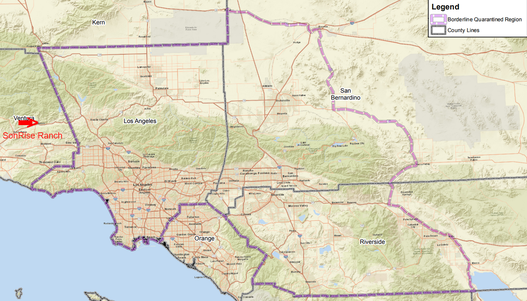

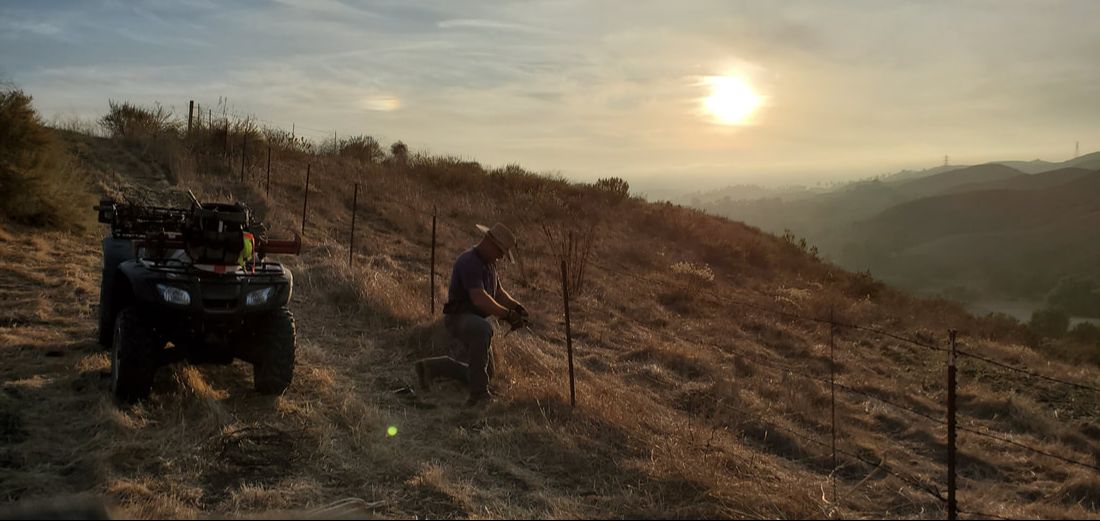
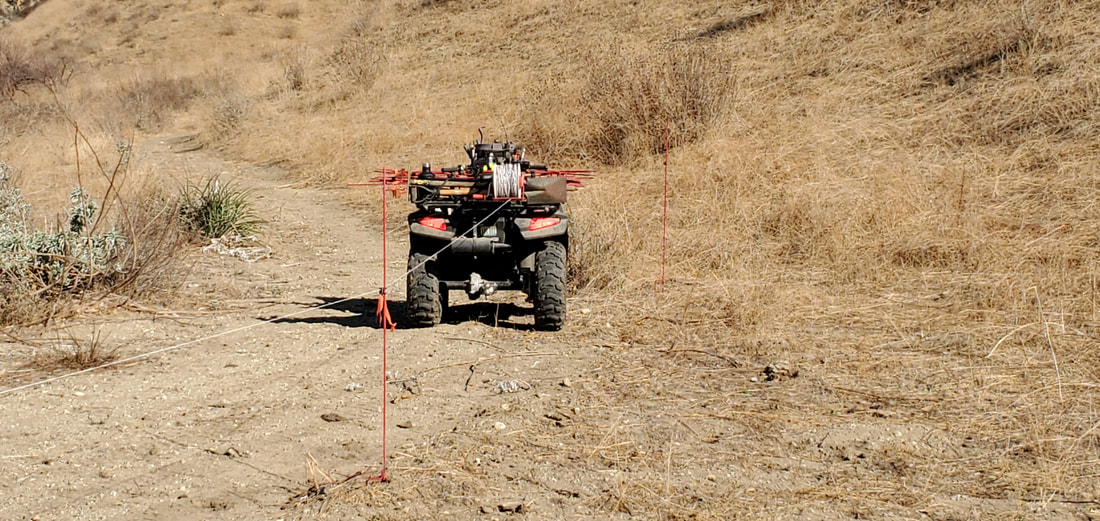
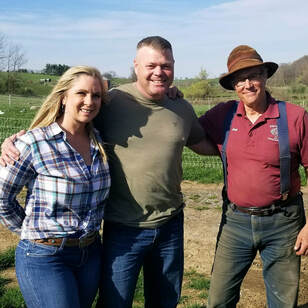
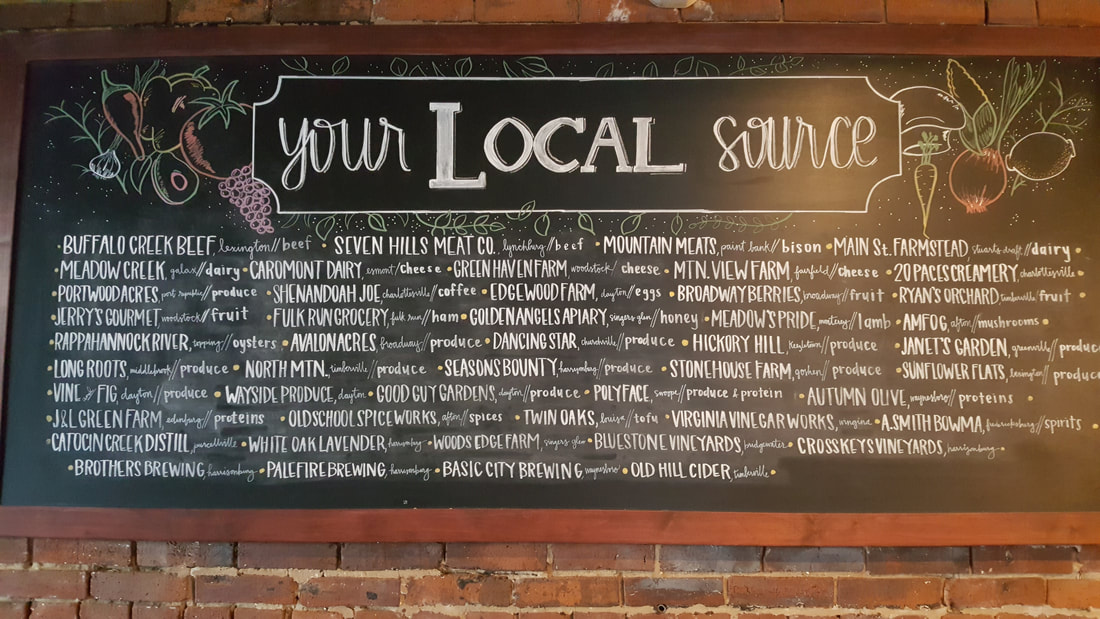
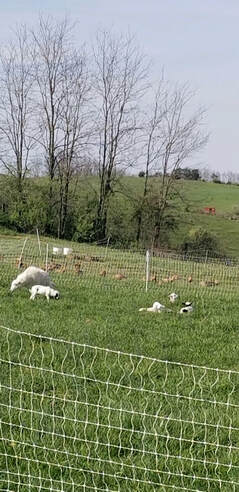
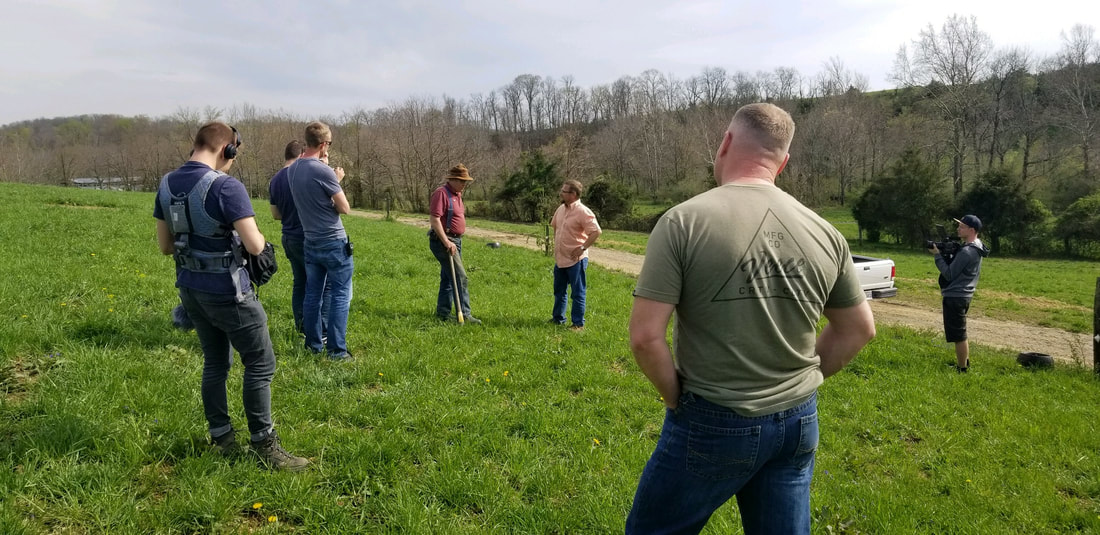

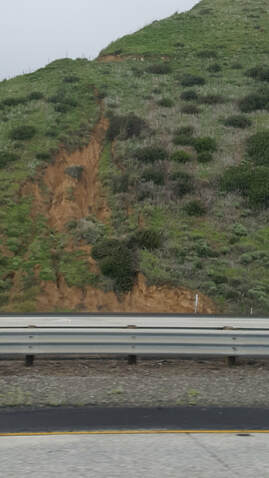
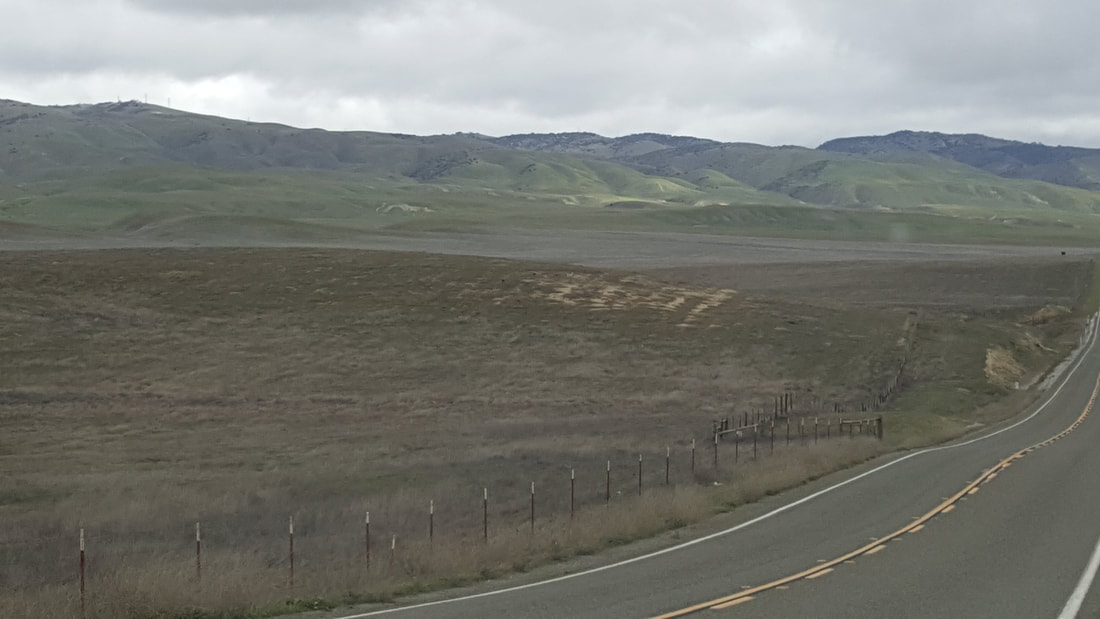
 RSS Feed
RSS Feed